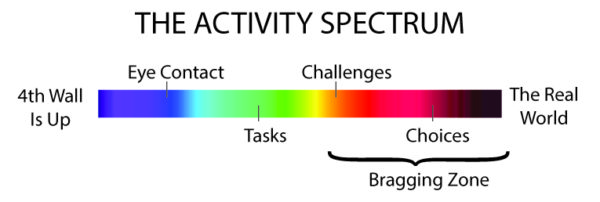As everyone knows too well, the city of Houston (and its many neighbors—Fort Bend and Baytown and Port Arthur and
Author: HER Cooper

Last week, I examined the Meisner technique for the immersive actor. I am particularly excited by the genre’s promise of

Back in my graduate school days, when I had ivory-tower wishes and PhD dreams, an advisor told me to think

Tonight at 8 PM, Strange Bird Immersive celebrates its 100th performance of The Man From Beyond: Houdini Séance Escape Room.

As I’ve claimed before, “Rule #2: The audience is active” is the game-changer in the genre. Theatre is good fun,
This is gonna be a long one, but an important one, so strap in. It’s time to tackle escape rooms.
In The Man From Beyond, our acting style is like jazz. We have a set structure and certain beats to
In traditional theatre, directors and actors talk a lot about subtext. After all, the playwright has set the text for
When it comes to wielding the superpower of response, nothing compares to improv theatre. Improv’s life-blood is being responsive. It’s
We’ve all been there before: our hero on stage is tearing up a letter, but then an errant piece drops

You must be logged in to post a comment.